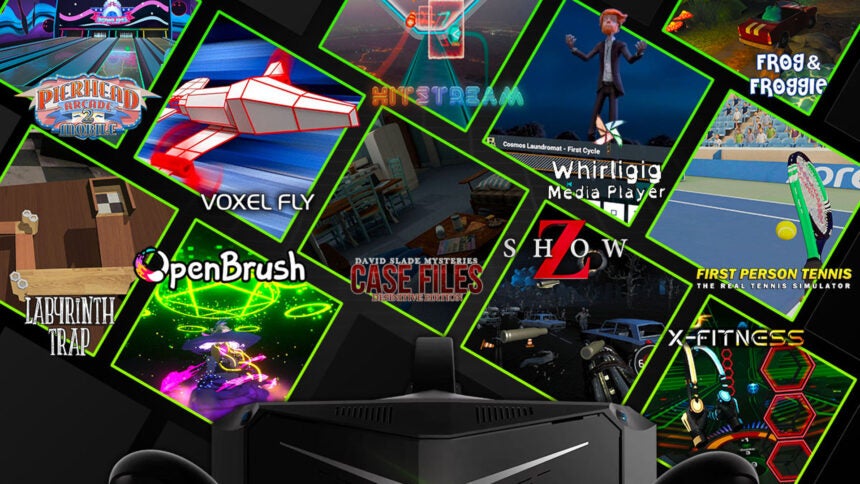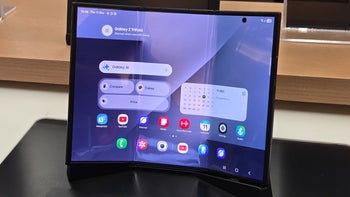The Pimax Crystal's standalone mode Beta is live, but a true killer app is still missing

While it’s way too early for us to add a device like the Pimax Crystal to the list of the best VR headsets on the market, we can certainly admit that it’s a very unique beast. And, I mean, it kind of has to be, given that it’s made by the company that wants to be a true leader in the realm of XR.
The Crystal is a high-end headset with a high-end price-tag, so Pimax isn’t aiming for the crowd that would get something like the Quest 2 or Quest 3, for example. That being said, it’s not aiming at us productivity nuts that can’t wait for the Vision Pro to come out either.
Given that Pimax recently released a limited edition of the Crystal, which is especially tuned to give its wearer the best immersive-sim experience possible, we can probably take that as a solid indication that Pimax is aiming at the hardcore VR gamers who want maximum immersion and graphical fidelity.
And then, Pimax announced a standalone mode for the Crystal. Huh.

Let me explain why that’s weird: while the Pimax is an impressive piece of hardware, it’s nowhere near as impressive as a PC, capable of providing you with high-end VR experiences. As such, the plan here is somewhat unclear, because standalone mode essentially change the target demographic to something else.
But to what? Well, this preview of the Beta version of said standalone mode may give us a clue. In an odd twist, you need a PC in order to update the Crystal in order to get the update to utilize the standalone mode Beta, but it’s a pretty simple process, as long as you’ve opted in to be a Beta tester.
From what the preview explains, the Pimax’s standalone mode feels like that of the Quest, but with its own unique twist. And with a better image quality, as the Pimax is a newer headset than the Quest 2 and as such, is equipped with better lenses.
And that would be real plus if there was more to explore, but the Crystal’s library of available apps and games (which you can check out in the trailer above) is simply too limited as of now. Naturally, it is expected to grow, as this is just a Beta.
And then, Pimax announced a standalone mode for the Crystal. Huh.

Let me explain why that’s weird: while the Pimax is an impressive piece of hardware, it’s nowhere near as impressive as a PC, capable of providing you with high-end VR experiences. As such, the plan here is somewhat unclear, because standalone mode essentially change the target demographic to something else.
From what the preview explains, the Pimax’s standalone mode feels like that of the Quest, but with its own unique twist. And with a better image quality, as the Pimax is a newer headset than the Quest 2 and as such, is equipped with better lenses.
And that would be real plus if there was more to explore, but the Crystal’s library of available apps and games (which you can check out in the trailer above) is simply too limited as of now. Naturally, it is expected to grow, as this is just a Beta.
This, however, also means that developers are now free to get impressed with the Crystal and start working on standalone ports of existing games and apps to the system. And if that happens, the headset is surely to see a rise in popularity too.
Follow us on Google News












Things that are NOT allowed:
To help keep our community safe and free from spam, we apply temporary limits to newly created accounts: